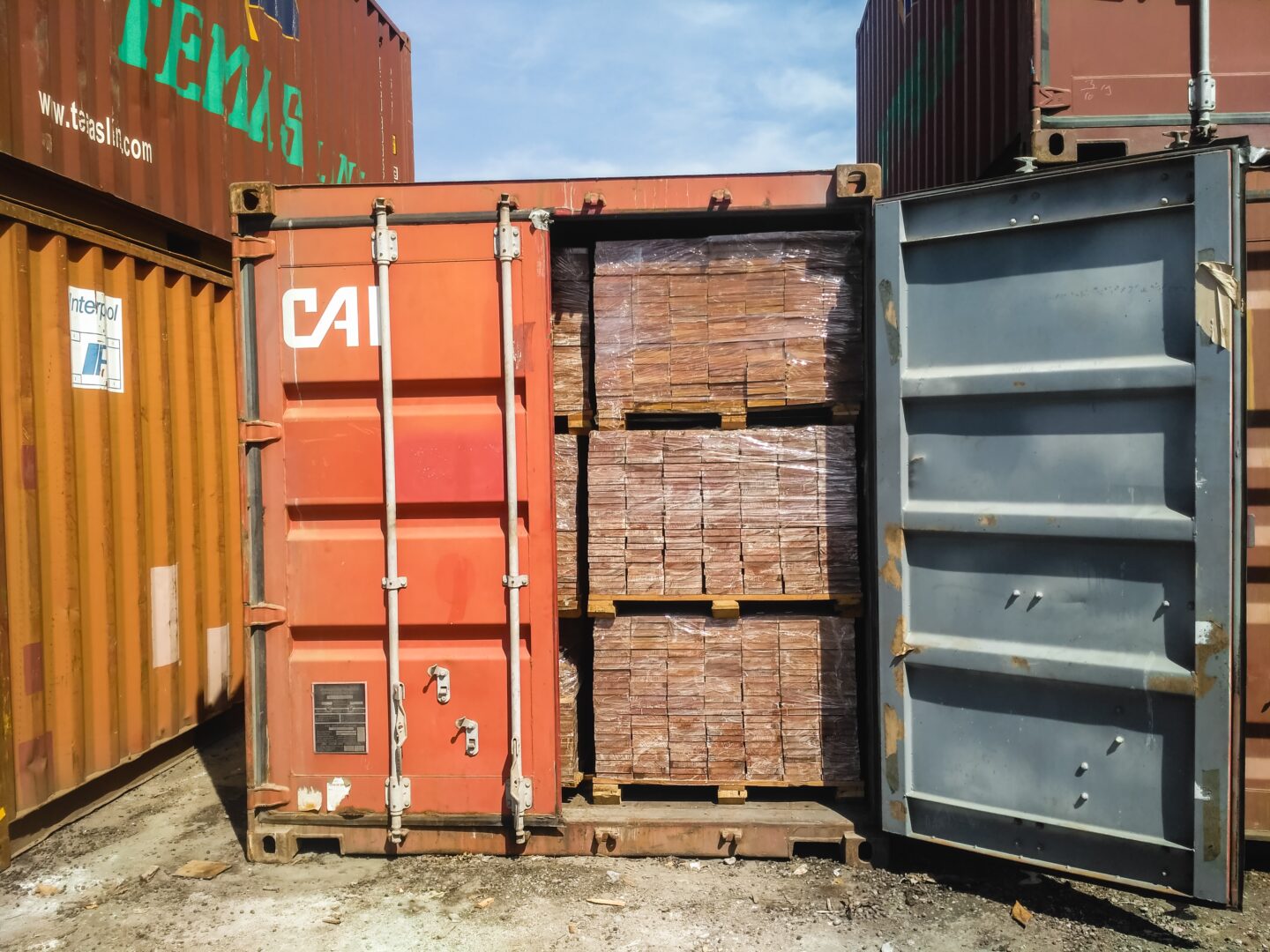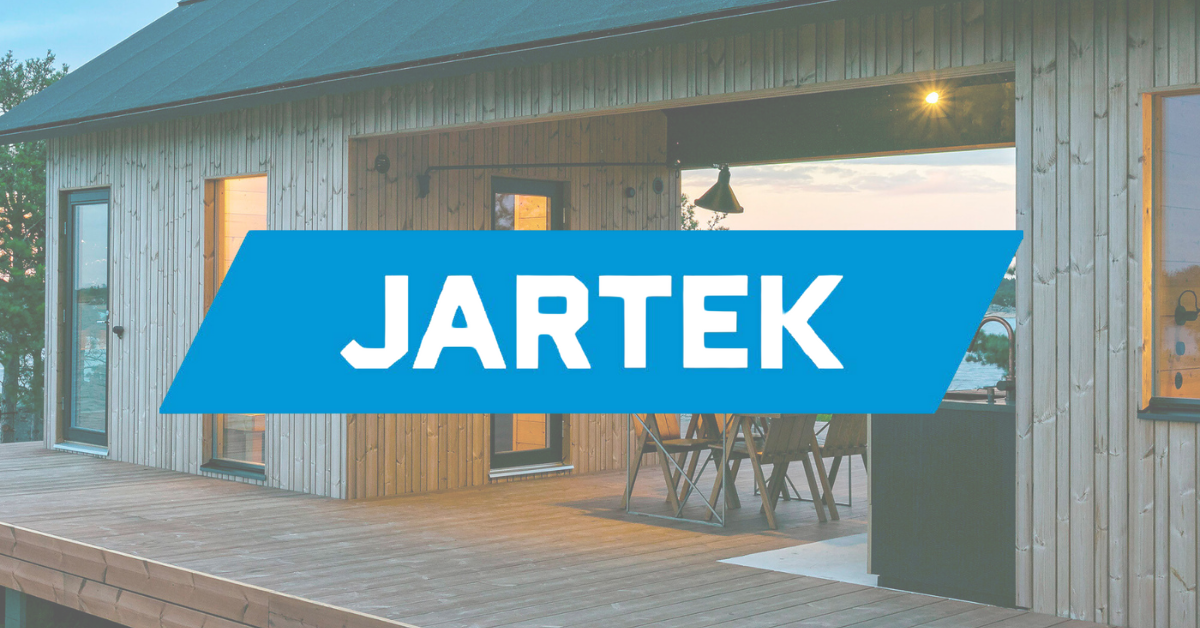The European Union “Deforestation Regulation” (EUDR) Represents a Significant Change in the International Regulatory Environment and a Major Challenge for Small, Non-Industrial Timber Operators, Including the US Hardwood Industry
The EU Deforestation Regulation (EUDR) represents a very significant change in the regulatory environment not only for primary wood products exported to the EU but also because of the global nature of trade in finished wood products. The implications and potential trade distortions will reverberate around the world. This dramatic change, which, unlike the previous EU Timber Regulation (EUTR), was introduced and passed with almost ZERO stakeholder consultation, requires an immediate response from AHEC and the wider US hardwood industry. The regulation is also raising questions about the nature and scale of demand for traditional “certified” products in the long term and is likely to create confusion in the marketplace, with the end result very likely being a reduction in demand for renewable and sustainable materials such as American hardwoods and increased market share for non-renewable materials such as plastics and metals which have a much higher environmental footprint. It is hard to believe that this is the goal EU regulators had in mind, but when a seemingly “simple” solution is introduced to address a very complex problem, unintended consequences tend to outweigh what are otherwise good intentions.
The EU Timber Regulation (EUTR), which was replaced by the EUDR in July 2023, required that the origin of wood products placed on the EU market be identified to the extent necessary to demonstrate negligible risk of illegal harvesting. This favored a jurisdictional risk-based approach to conformance, particularly for smallholders where track-ing to a specific harvest location is extremely expensive, inefficient, and unnecessary to meet regulatory objectives.
AHEC’s experience of the Seneca Creek U.S. hardwood risk-assessment studies, combined with evidence from other sectors, notably biomass, implies the jurisdictional risk-based approach may be extended for delivery of “certified sustainable” claims for wood from smallholder operations in regions with generally good governance to satisfy procurement policies in the public and private sector and to ensure fair market access.
However, with EUDR, the EU is effectively offering smallholders a “new deal” for market access. Rather than extending support to certification frameworks that provide access to smallholders through jurisdictional risk assessment, it has chosen to focus on legality and a narrow range of requirements for “deforestation-free” products, which, the EC argues, will be more achievable by smallholders than conformance to sustainable forestry certification systems. If only that were true.
The catch is that the EU has combined this with a requirement that all products placed on the EU market (or exported from it) must be traced to harvest sites with zero risk of illegal harvesting or forest conversion. In theory, that sounds great, but the reality is a bit more complicated.

There are very real technical challenges for U.S. hardwood suppliers to deliver against the EU geolocation requirements. Over 90% of U.S. hardwood logs are derived from private land, the vast majority from non-industrial family forest owners. The EUDR defines the “plot of land” for which geo-location data is required as an individual “real estate property” and requires that this data be provided with each consignment placed on the EU market. This requirement does not adequately reflect the extent to which it is essential to aggregate and mix material from large numbers of small harvests in numerous properties to deliver high-quality and consistent consignments of graded kiln-dried U.S. hardwood lumber supplied to European customers.
Nevertheless, now that the EUDR has passed into law, AHEC/SHC is determined to leave no stone unturned in its efforts to find a workable solution to the challenges of providing geolocation data in the U.S. hardwood sector.
The first priority is to implement a set of procedures that will enable U.S. hardwood suppliers to conform to EUDR, including requirements for geolocation to the “plot(s) of land” where harvesting takes place, legal harvesting, and zero risk of deforestation and forest degradation in accordance with narrow definitions.
In delivering against EUDR, AHEC aims to exploit the ready availability of good quality property boundary data and satellite data in the U.S. and the EU’s apparent acknowledgment that operators may provide all “potential” plots of land from which wood may have been derived in each consignment.
POTENTIAL TECHNICAL SOLUTION FOR THE PROVISION OF GEOLOCATION DATA
In July this year, within days of enactment of the law, AHEC commissioned an independent consultant – to assess whether such a technical solution might exist, and rather against the odds, the consultant has come up with a proposal for a mechanism that exploits the following facts:
• The U.S., unlike nearly every other country in the world, has nationwide access in digital form to geolocation data that meets EUDR requirements for ALL property boundaries that are updated annually (this is the foundation of online apps such
as www.OnXmaps.com);
• The U.S. has remote sensing data available that allows for forest degradation and deforestation to be identified using this data and AI;
• The risk of commodity-driven deforestation or forest degradation in line with EUDR definitions in the U.S. hardwood sector
is likely to be extremely low. It may be readily assessed for individual properties by combining the two data sources identified above.
AHEC is currently pilot-testing a system that includes the following:
• A central database of all “plots of land” in the U.S. with hardwood forests.
• Regular centralized monitoring of satellite data to identify any plot of land where deforestation or forest degradation in line with EUDR definitions is detected (i.e., converted to agriculture or plantation).
• Regularly updated quantification of EUDR deforestation/degradation risk at national and state level.
• A framework by which U.S. primary processing mills supplying hardwood into the EU can register and be given access to the regularly updated list of geo locations of all “EUDR conformant” and “EUDR non-conformant” plots of land in their supply area.
• A mechanism by which registered mills can mitigate any risk of hardwood logs derived from non-conformant geolocations entering supply chains destined for the EU. In jurisdictions where risks are known to be negligible, a self-declaration may be adequate. Where risks are non-negligible, there would likely be a need for an onsite audit that would ensure that appropriate mitigation measures are in place.
• Mills then supply the complete list of all “EUDR conformant” geolocations in their supply area from which logs might have been sourced with every consignment for onward delivery.
• A standardized framework for downstream traders to amalgamate geolocations from all mills with which they do business.
This set of procedures could, conceivably, serve to ensure U.S. hardwood conformance to the EUDR requirements for geolocation and to demonstrate a negligible risk of deforestation and degradation.
Alongside this, it will be necessary for U.S. hardwood exporters to the EU to provide “adequately
conclusive and verifiable informa-tion” that harvesting is “in accordance with the relevant legislation of the country of production .” This evidence may be most effec-tively provided through a jurisdictional risk assessment focused on compliance with laws that fall within the scope of the EUDR defini-tion of “relevant legislation .” In order to facilitate this requirement on behalf of the entire industry, AHEC has recently contracted a well-respected environmental consultant to carry out risk assess-ments based on EUDR indicators for all 33 primary hardwood producing States. The risk assessments are scheduled to be delivered by July 2024.
Whether or not the AHEC strategy will ultimately satisfy EU regulators remains to be seen. However, it is difficult to imagine that ANY other timber supplier—including the domestic European timber industry—will be in a position to provide the robust data that the US hardwood sector will be able to supply. The question remains: does the EU really want to promote the use of renewable, carbon-storing, and sustainable materials such as American hard-woods, or are we willing to turn over material use to petroleum-based plastics and other high-carbon products?
By MIKE SNOW, Executive Director of AHEC
Share:
Related News & Blog

November 5, 2025

November 5, 2025
Questions?
Have questions or need any assistance regarding the NHLA Annual Convention & Exhibit Showcase?
